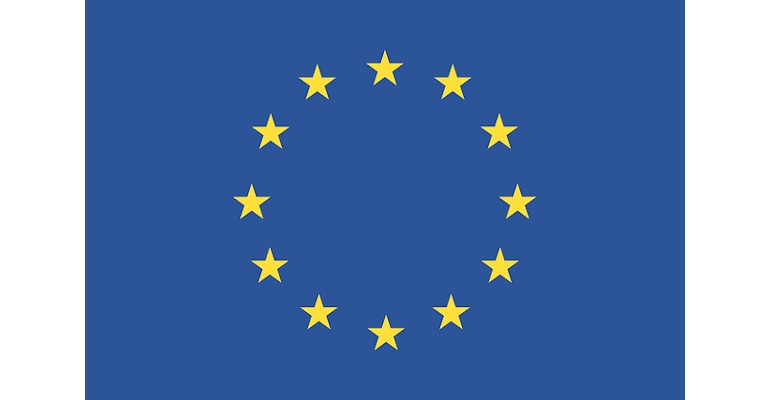Medical device manufacturers marketing products in the EU must ensure traceability between all stages of medical device development and post-market activities.
November 12, 2020

In May 2021, Europe’s medical device regulation (EU MDR) will go into effect, replacing the existing medical device directive (MDD) that is currently in place.
The impact of this regulatory change in the European marketplace is of enormous scale, with roughly 500,000 different medical devices currently being sold in the EU. The entities responsible for these devices are expected to follow new, stricter requirements for conformity to the regulation.
One area of particular significance is EU MDR’s prioritization of closed-loop quality system traceability. When this is achieved, manufacturers can greatly reduce risks, such as those associated with device hazards that pose an increasing threat to Europe’s aging population.
General-purpose systems use disparate data and a siloed approach that requires teams to use tribal knowledge in order to hold the quality system together. Modern medical device quality management systems (MDQMS) allow teams to demonstrate closed-loop traceability and automate quality events to improve quality management throughout the product lifecycle, which ensures device quality and patient safety.
Following are answers to three common questions about traceability requirements in EU MDR.
What does EU MDR require for identification and traceability of medical devices?
The EU MDR requires total lifecycle traceability between all stages of medical device development and post-market activities. Demonstrating traceability throughout the product lifecycle, known as closed-loop traceability, is a revolutionary approach to quality management that many industry professionals never thought possible.
For a system to achieve full traceability, you must be able to see, understand, and communicate the data and relationships within your quality system.
Unfortunately, achieving total lifecycle traceability still poses challenges for many companies: only one in every four medical device companies feel “very confident” they could demonstrate this requirement when facing an unannounced audit.
This is particularly concerning given the fact that the EU MDR mandates all third-party suppliers and manufacturers involved at any stage of a medical device’s lifecycle to undergo an audit of their QMS to demonstrate compliance with traceability requirements.
To keep track of devices through every lifecycle stage, a device identifier will be assigned and all production series will be marked with a production identifier. These tracking measures satisfy the new mandate for Unique Device Identification (UDI), which is entered into the EUDAMED database.
The purpose of EUDAMED is to create an accessible repository of device-related information for patients, regulators, notified bodies, and manufacturers to access data for medical devices being marketed in the EU and help improve overall post-market surveillance.
UDI information must:
Be placed on the medical device’s package or label.
Follow globally used formats.
Include the EC representatives’ detailed information, including name, address, and symbol.
Be published electronically to the manufacturer’s website and also be available in print.
Another significant change that is introduced in the regulation is a new economic operator system. Under EU MDR, economic operators now include manufacturers, authorized representatives, importers, and distributors. These entities will be expected to take on an increased level of responsibilities throughout the medical device supply chain process.
To ensure traceability and safety for devices being marketed in Europe, EU MDR imposes an entirely new set of requirements for importers and distributors, specifically.
In addition, new requirements for economic operators include verification of compliance, cooperation in complaint handling and field safety corrective actions, and, of course, cooperating with manufacturers and Competent Authorities in device traceability.
Why does quality system traceability matter?
A study by Stericycle Expert Solutions found that poor software design was a major culprit behind a quarter of medical device recalls in 2017 alone. With patient lives at stake, the need for quick identification of flaws and transparent, interconnected quality systems is critical.
Achieving closed-loop traceability within a MDQMS can be made simple with software capabilities that automate every pre- and post-market process. Companies using this type of purpose-built quality management solution will benefit from having a reliable, trackable system where they can leverage data-driven insights to make better decisions that allow them to outperform the competition.
Another critical advantage that closed-loop traceability offers medical device manufacturers is a streamlined audit preparation timeline. For example, closed-loop traceability eliminates preparation concerns by providing a visible audit trail of any record or document requested by an auditor in real-time. The ability to track and properly record documentation throughout a device’s lifecycle and provide all information with full transparency is a key competitive advantage as it improves efficiency and reduces the chance of costly fees associated with noncompliance.
How can I demonstrate closed-loop traceability?
With the emergence of modernized quality solutions, medical device professionals are no longer forced to use disconnected systems and to rely solely on their memories to maintain documents, track change, and navigate quality information. EU MDR is the first regulation among other regions in the world to enact strict requirements on traceability, but it certainly won’t be the last. This is particularly important for any EU-based manufacturers that plan to enter other international markets.
Rather than relying on experience and disparate systems to demonstrate complete closed-loop traceability and satisfy EU MDR requirements, utilize a medical device specific QMS solution that connects the entire quality ecosystem using machine-learning capabilities to provide manufacturers complete transparency while executing a data-driven approach to decision-making in the device lifecycle.
About the Author(s)
You May Also Like




